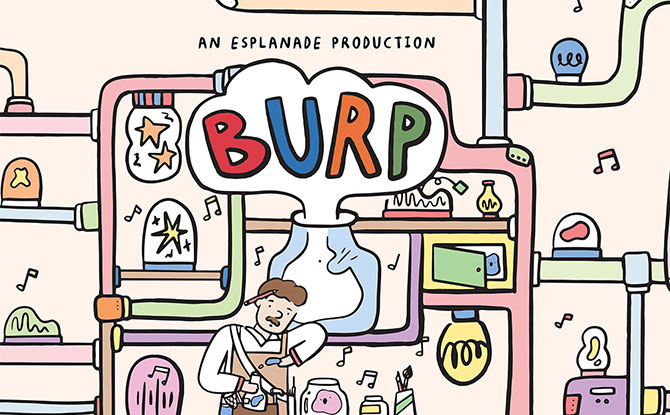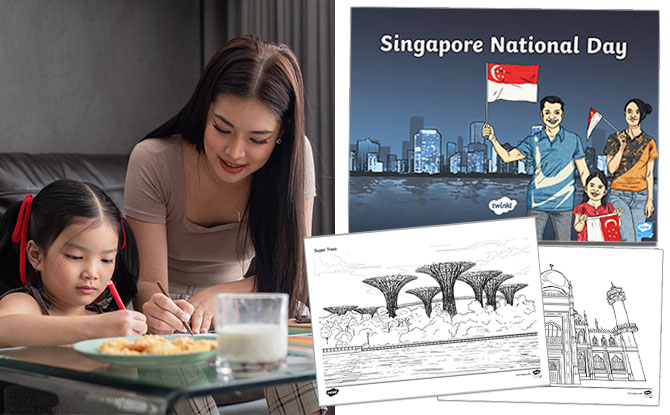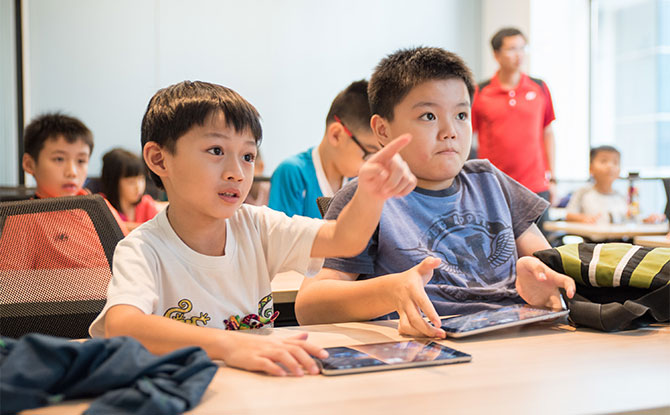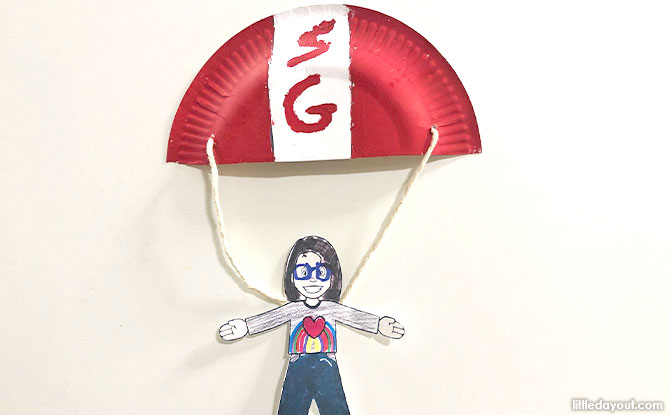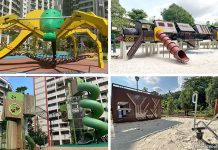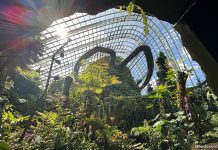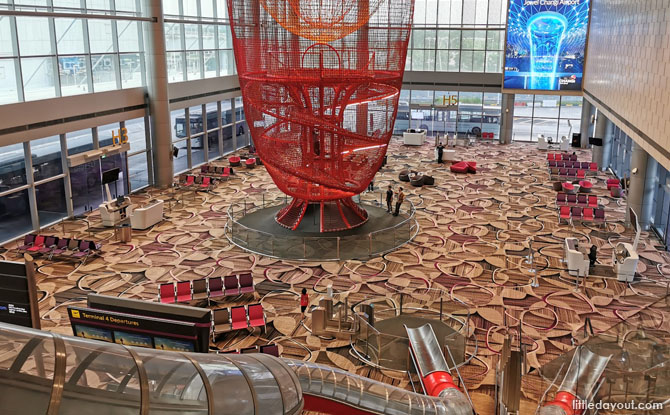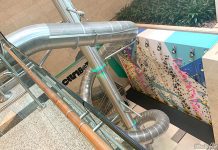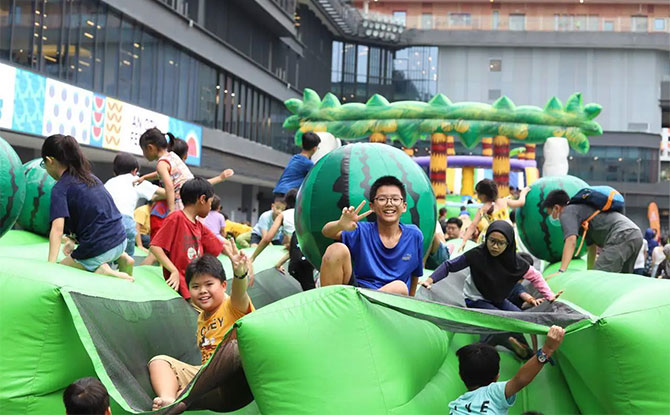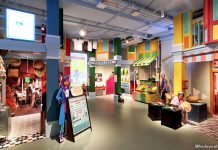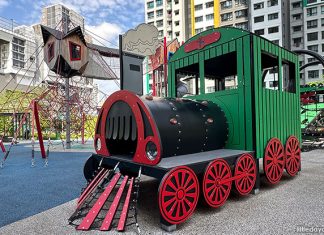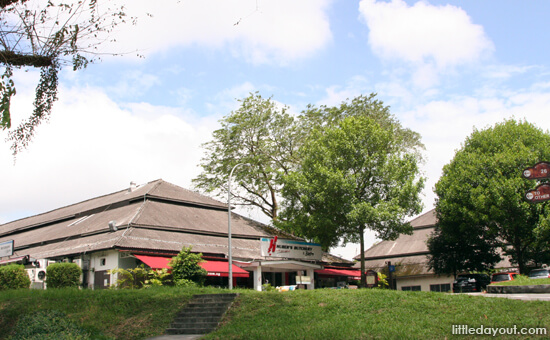
Little Day Out unlocks the stories behind 11 places around Singapore and how they tell us the history of Singapore.
Once you know their stories, you can pass them on to your kids as well.
1. “Beginnings” – Raffles Landing Site
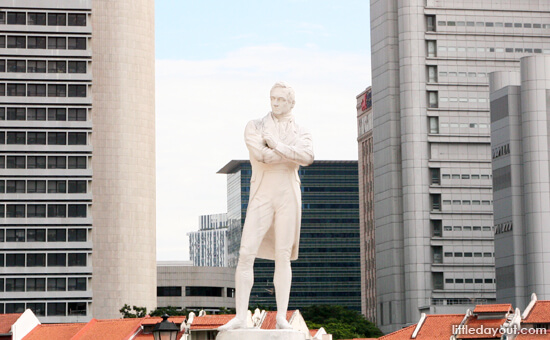
On his first visit to Singapore in 1819, Raffles spent only ten days on the island. During those productive one-and-a-half weeks, he managed to install a new Sultan on the island and sign a treaty with him to set up a British trading post. How is that for fast political manoeuvering!
BE PSLE-READY: Join Expert Educators for Revision Boosters to Empower P6 Students
BURP: Join the Sound Collector on a Whimsical Chase at Esplanade – Theatres on the Bay
WEEKEND IDEAS: Get Inspirational Ideas of Things to Do
This white statue by the banks of Singapore River is a replica of the original 1887 Victorian bronze statue and marks site that Raffles was supposed to have first set foot in Singapore.
2. “Efficiency and Order” – North Bridge Road
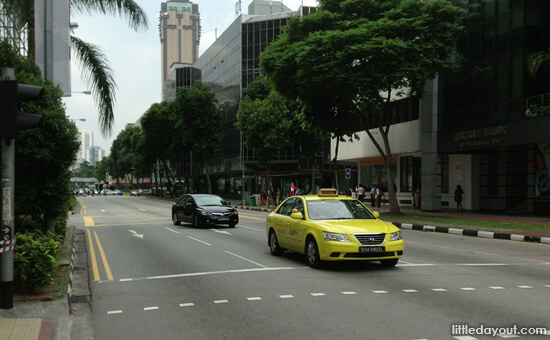
It is not by accident that North Bridge Road runs in a straight line through Kampong Glam to Chinatown.
In an attempt to bring order to the new port of Singapore, Raffles came up with the Jackson Plan in 1822 which designated different enclaves for the Malays, Europeans and Chinese. North Bridge Road, one of the oldest in Singapore, was part of the Jackson Plan and was built to link up these different sections of town.
3. “Infrastructure Building” – Tan Kim Seng Fountain
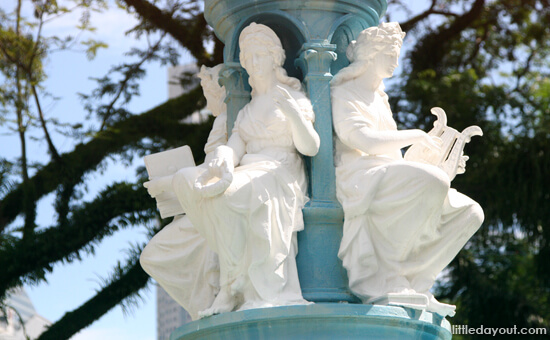
In the 1800s, Singapore was a lawless society rife with Chinese secret societies and opium houses. Tan Kim Seng, a businessman, was one of the earliest Chinese Justice of Peace in Singapore. He helped to suppress the secret societies and also made contributions toward the improvement of the city’s infrastructure.
Unveiled in 1882, almost 20 years after Tan Kim Seng’s death, the Victorian Tan Kim Seng Fountain along Connaught Drive was erected in recognition of his monetary contributions to improve the water works in Singapore.
Kim Seng Road, where Great World City is located, is also named after him as it led through his property.
4. “Colonial Power” – Beaulieu House
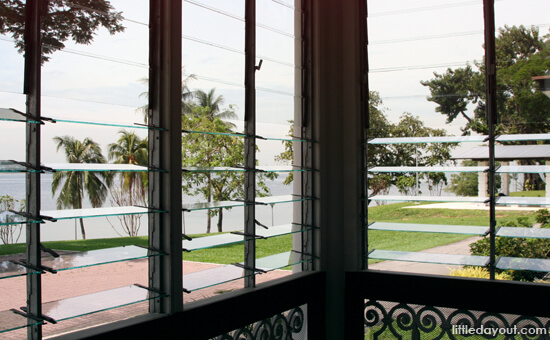
In the early part of the 20th century, the British started to build up their military might in the region. The fortifications included enhancements to the Sembawang Naval Base where they could base their fleet.
The Beaulieu House, located within Sembawang Park, was once a private residence. With a good vantage point over the shipping lanes heading in and out of the Sembawang Naval Base, it was acquired by the British colonial government in 1924 and was used as a government building.
5. “Fall of Colonial Power” – Old Ford Factory
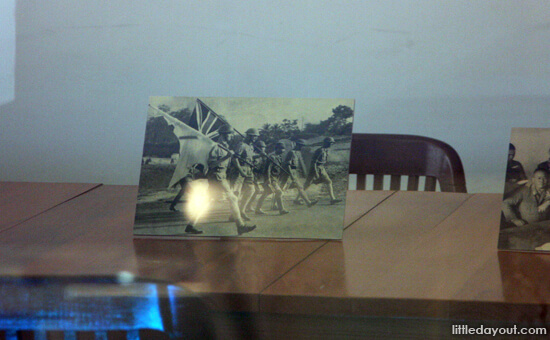
At the outbreak of World War II, Singapore was nicknamed the “Impregnable Fortress”. However, it quickly fell to the Japanese after only seven days of fighting.
The British surrender took place at the Ford Motor Factory along Bukit Timah Road at 5.15 pm in the afternoon of 15 February 1942, ending more than 120 years of British rule over Singapore.
6. “Setting Our Own Rules” – The Arts House
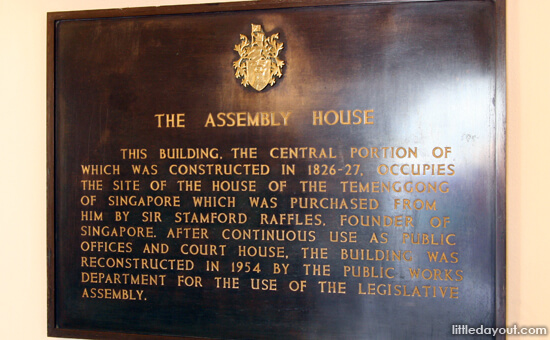
The end of World World II saw Singapore heading down the path of self-government. There was a desire among the people of Singapore to create their own laws and rules, rather than being subject to a colonial power far away in London.
The first Legislative Assembly met in 1955, in what is now The Arts House. This building was used by lawmakers all the way till 1999 when the Parliament of Singapore moved to new premises.
7. “A New Town” – Toa Payoh Town Park
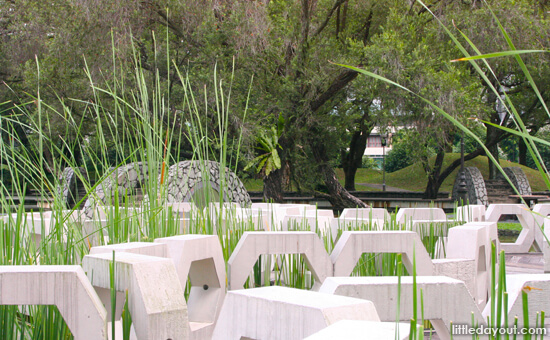
After the merger with Malaysia in 1963 and independence in 1965, one of the first problems Singapore faced was that of housing. The Housing & Development Board was established and Toa Payoh, an area previously notorious for squatters, was one of the first new towns built in 1968.
The Toa Payoh Town Park was developed in the 1970s to provide a green space for residents in this new town.
8. “Defending Singapore” – Dempsey Hill
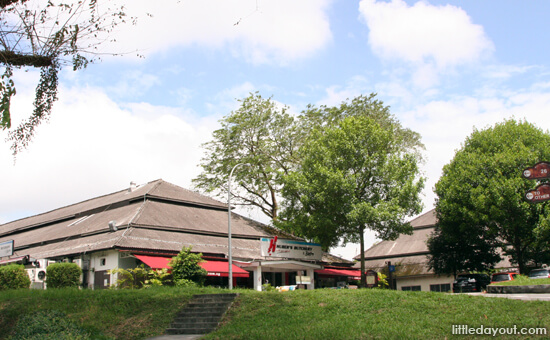
Another problem faced by Singapore was the need for a defence force. The Enlistment Act came into effect in 1967 and the Singapore Armed Forces was born.
Now filled with uber-chic establishments, Dempsey Hill was once home to the Central Manpower Base of Singapore where thousands of young Singaporean men would report to enlist for their National Service.
9. “Wheels of Industry” – Chinese Garden
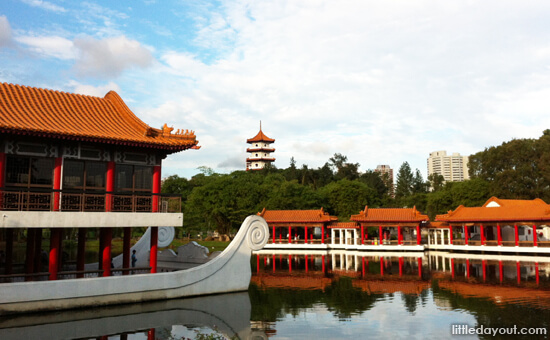
Finding jobs for the population was a major concern. In 1968, the Jurong Town Corporation was one of the bodies setup to tackle the problem. It led the transformation of the Jurong mangrove swampland into industrial estates.
In 1975, the JTC also built the Chinese Garden to bring greenery to the industrial landscape of Jurong and serve the Jurong Industrial community.
10. “Reach For New Heights” – Swissotel The Stamford
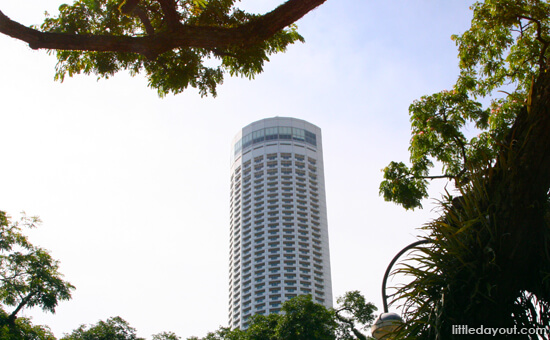
When it first opened in 1986, the then The Westin Stamford was the world’s tallest hotel. Designed by I.M. Pei, the same architect who designed the Lourve’s glass pyramid, it was an icon of Singapore’s new confidence and place in the world.
11. “Facing a New Millennium ” – Esplanade Theatres on the Bay
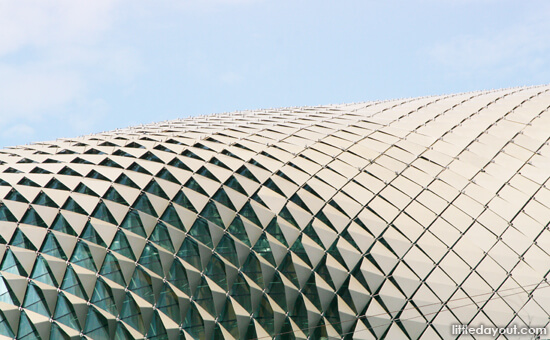
With Singapore’s growing affluence, The Esplanade opened in 2002 as a cultural centre that would reach out to the masses. With its unmistakable durian-shaped design, it sits the edge of the new face of Singapore, the Marina Bay district.
These are just some of the many places that speak around Singapore. Relate them to the kids as you move around to give them a deeper sense of our nation and ourselves.



